Science and Art: Beauty in the Lab


Because this post is going to be about art, it might be fitting to start a bit high minded. But please bear with me, this will be mostly looking at nice pictures. In Hegelian aesthetics (the philosophy concerning art and beauty by German Philosopher Georg Wilhelm Friedrich Hegel) there is the term of ‘aesthetic experience’. An aesthetic experience is when a piece of art has such an effect on its viewer that he needs to reevaluate his prior knowledge, leading all his prior assumptions to be wrong. If you try to imagine this, you might actually be compelled to attribute this to some pieces of art you have seen before. Maybe you laid eyes on some impressionists painting in which just thousands of colored dots melt together into a masterpiece, or a stained glass window creating a beautiful tapestry of vibrant illumination; and you are stunned wondering how colors could ever create something like that. My favorite example of this is a sculpture by Picasso (on the left). Its an absolutely simple piece, a bike seat, a handlebar, just switched in place and all we see is a bull’s head. The smallest shift makes us reevaluate, seeing the animal that has been hidden in the inanimate objects all the while.
So what’s this gotta do with science?
In the middle ages we thought disease was caused by bad humours, in the 19th centuries we believed miasma was the perpetrator and even today we still sometimes think that it is the cold that gives us a cold. And each time it was research that changed our opinion on this topic. Scientific discovery in its very sense often invalidates our previous understanding. Could it therefore not be a true aesthetic experience, and every new scientific finding is a new piece of art?
But this is of course just one school of thought when it comes to art. And as much as scholarly opinion varies on what actually constitutes ‘art’, yours truly is definitely not the right person to give a comprehensive foray into aesthetic discourse. So let’s turn away from the academic examination of it and make it a bit more tangible…
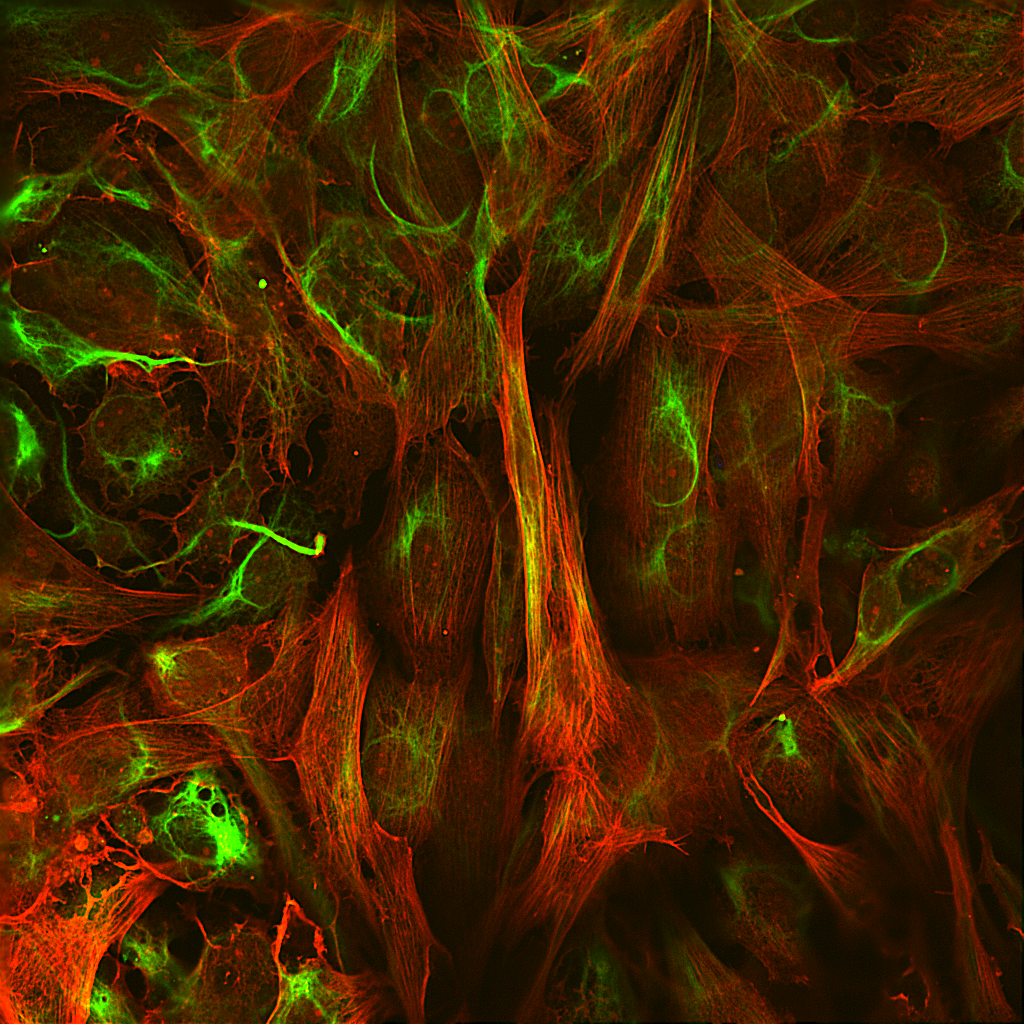
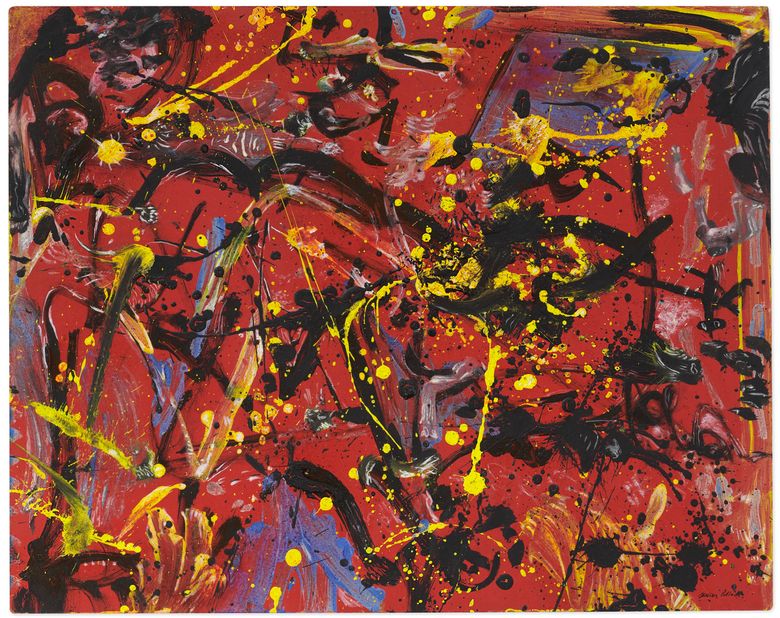
As difficult as it can be to categorize something as art, its often easier to agree on something being beautiful or even just pleasing to look at. We might not align on calling a blossoming flower art, but would definitely agree on it possessing beauty. This can hold true for a lot of experiences when working in a laboratory as well. Especially natural beauty might be something you are more than likely to run into; cells forming mesmerizing shapes (look left), chemicals and liquids in all colors of the rainbow (look right) and even compiled data being represented in as many hues and shades as a keen mind can comprehend. Its just a few examples, – you might have your own favorites too. (Mine is cutting cryosections, looks like shaving coconut ice cream)
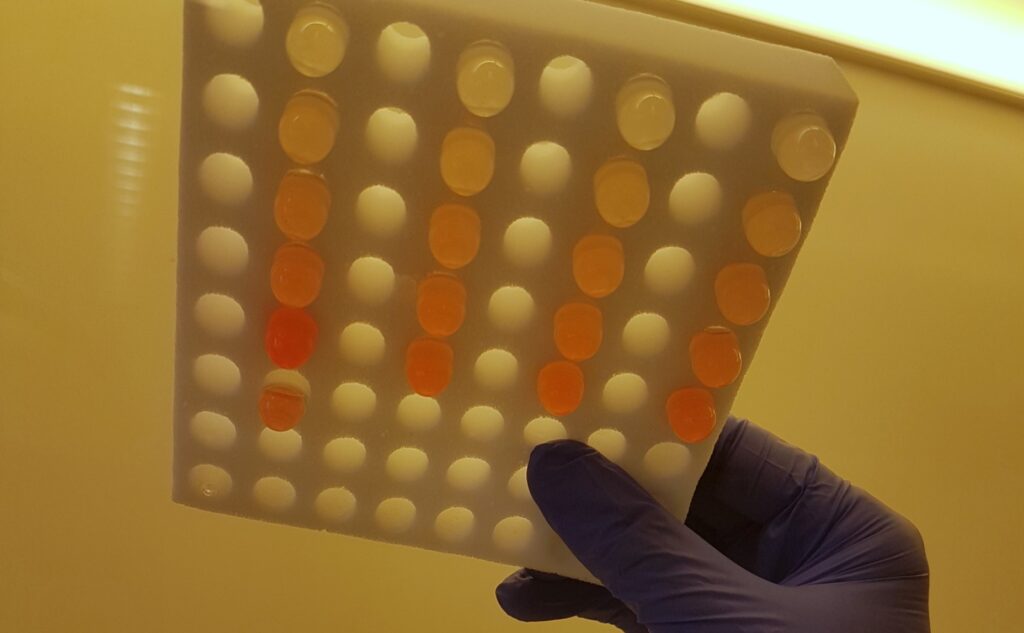
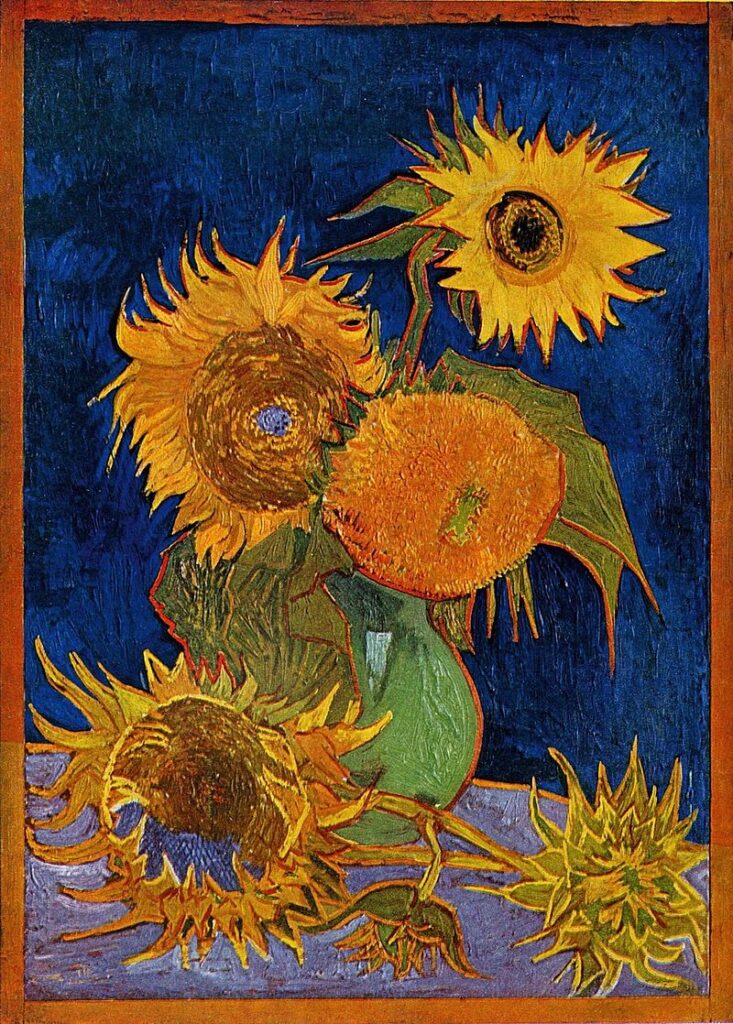
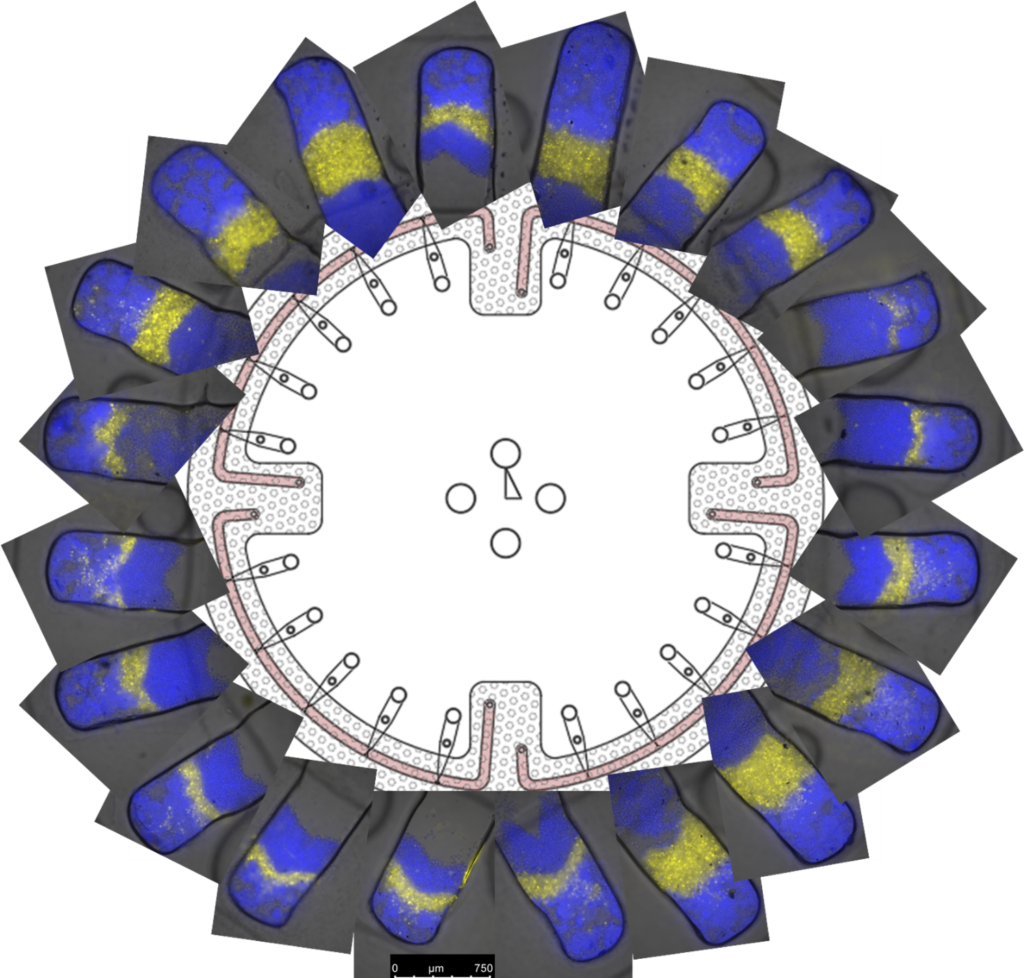
However, the case for natural beauty in the lab might just speak against it being art after all. Cells contracting into pleasing shapes is just how they aggregate normally, cell culture medium having color is often just an easy indicator for quality control, and all the colors of the rainbow are mostly just used to distinguish between all the information you are trying to squeeze into a graph. It is coincidental. It is a side product. In a very true sense it is like the flower, that appears to us as beautiful, but whose actual purpose is to act as a landings strip for bees.
Unlike art, which derives purpose from its intention, even if that is not beauty, then at least expression, science has no such ulterior motive. It is in its endeavor to discover quite utilitarian, beautiful often, sometimes stunningly so, but never just so. Beautiful art is appreciated for its aesthetics, beautiful science for its gain in knowledge (and sometimes for looking good while doing so).
If you want to learn much more about cardiac disease research (and apparently a little about art too) , check out the official Twitter and LinkedIn of PersonalizeAF, as well as the hashtag #PersonalizeAF, to learn more about atrial fibrillation and how research is done towards curing it.
Catch you next time, maybe less beautiful art, maybe more beautiful science.
Thomas Hutschalik
P.S.: If you are in the mood to hear a little bit more about the science side of the lab, check out a little video I made for PersonalizeAF talking about my research 🙂 (It might even be an experience)
